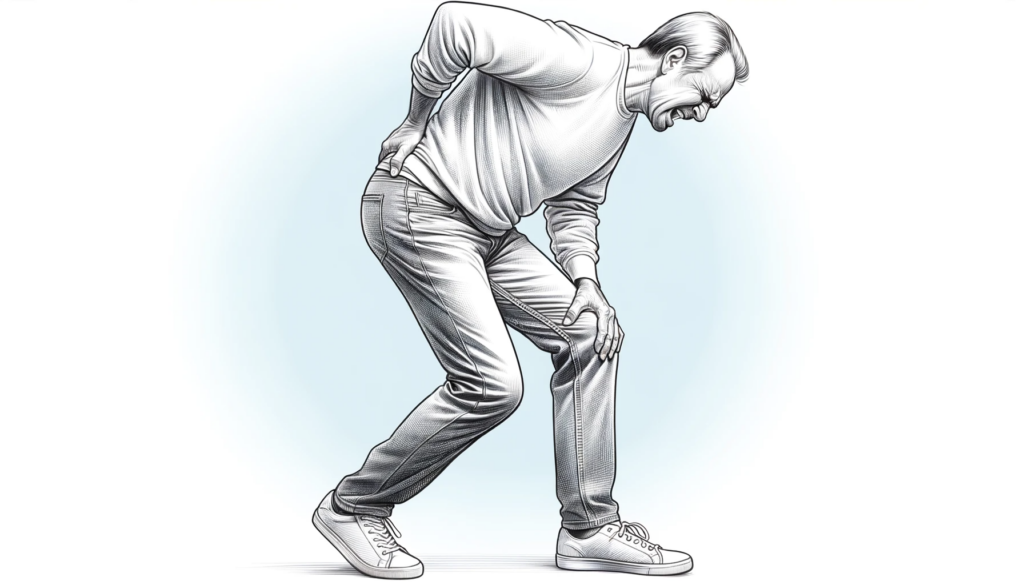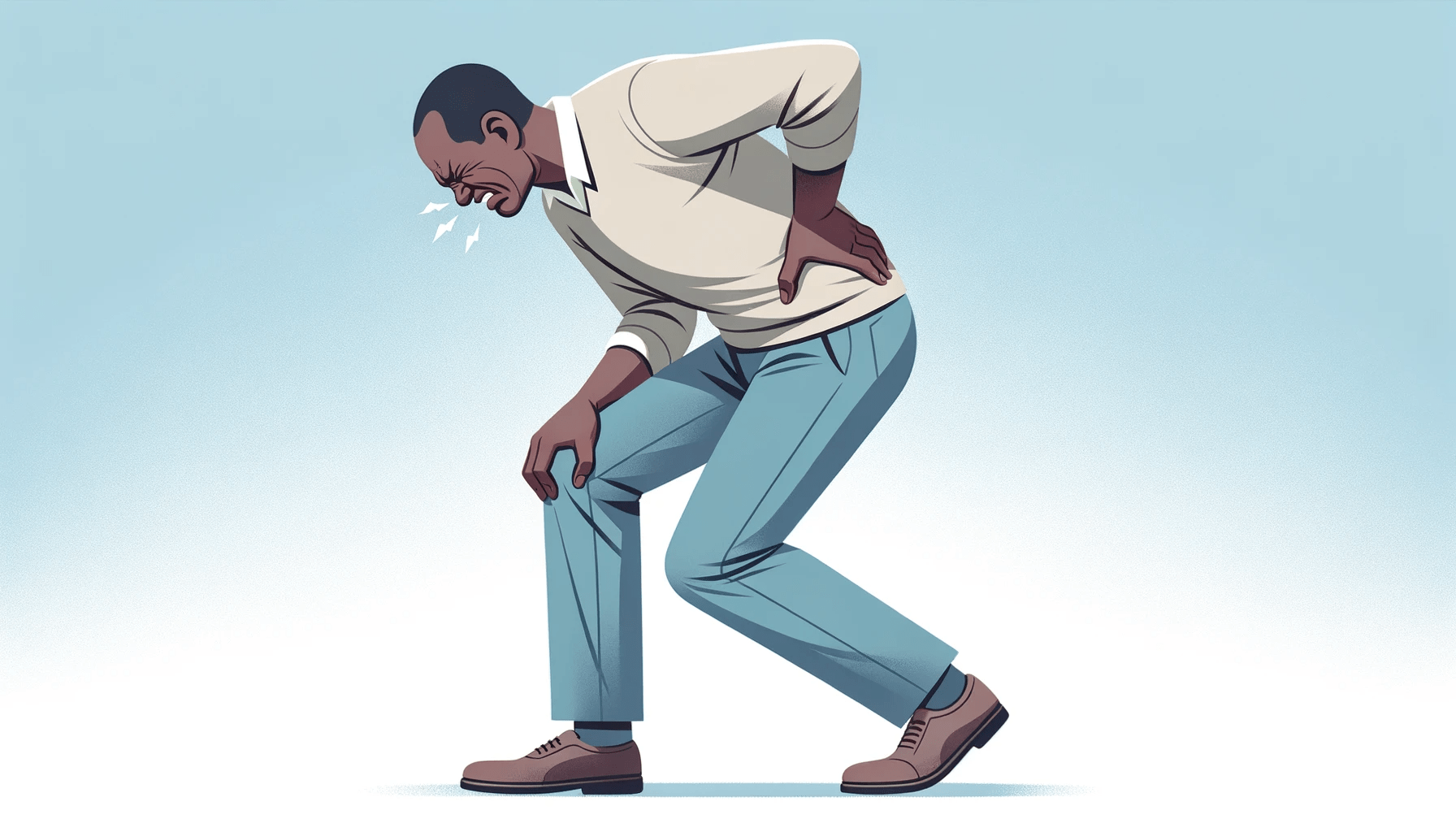Sciatica pain, characterized by discomfort, numbness, or tingling in the lower back, buttocks, and legs, can be debilitating. This article delves into the causes, symptoms, and benefits of massage therapy for managing sciatica pain.
From lumbar spinal stenosis to herniated vertebral discs, various factors contribute to this condition. Massage therapy offers relief by loosening tight muscles, improving circulation, and providing natural pain relief.
By targeting specific areas like the gluteus muscles and lower back, massage therapy effectively alleviates discomfort and enhances overall well-being for individuals with sciatica pain.
Key Takeaways
- Lumbar spinal stenosis, piriformis syndrome, and herniated vertebral disc are common causes of sciatica pain.
- Symptoms of sciatica pain include mild to severe pain, burning or tingling sensations, and pain in the lower back, buttock muscles, and lower legs.
- Massage therapy for sciatica pain can loosen tight muscles, increase circulation, release lactic acid, provide natural pain relief, and improve range of motion.
- Effective areas to work on during massage therapy include the gluteus medius and minimus muscles (perfect spot number 6), gluteus maximus muscle (perfect spot number 12), and the lower back along the sides of the spine (perfect spot number 13).
Causes of Sciatica Pain

The causes of sciatica pain include lumbar spinal stenosis, piriformis syndrome, and herniated vertebral discs.
Lumbar spinal stenosis refers to the decay and narrowing of the bony cavity along the spine that holds the spinal cord. This condition can put pressure on the nerves, leading to pain and discomfort.
Piriformis syndrome occurs when the piriformis muscle tightens and compresses the nerve roots, causing sciatica pain.
Another common cause is herniated vertebral discs, where the discs between the vertebrae slip or stick out, irritating the nearby nerves.
Understanding these causes is crucial in effectively managing and treating sciatica pain. By addressing the underlying issues, such as lumbar spinal stenosis or piriformis syndrome, healthcare professionals can develop appropriate treatment plans to alleviate symptoms and improve the patient’s quality of life.
Symptoms of Sciatica Pain

Sciatica pain can manifest in various ways, often causing mild to severe discomfort along with burning, numbness, or tingling sensations, primarily in the lower back, buttock muscles, and lower legs. It is essential to recognize the symptoms of sciatica pain to seek appropriate treatment.
The symptoms may include:
- Mild, dull, or severe pain: Sciatica pain can range from a mild ache to a sharp, shooting pain that radiates down the leg.
- Burning, numb, or tingling sensations: Many individuals with sciatica pain experience these sensations in the affected area.
- Pain in the lower back, buttock muscles, and lower legs: Sciatica pain typically originates in the lower back and extends down the buttock muscles and into the legs.
Understanding these symptoms can help individuals identify sciatica pain and seek appropriate treatment options.
Benefits of Massage Therapy

Massage therapy offers several benefits for individuals experiencing sciatica pain.
One of the key benefits is increased mobility. Sciatica pain often restricts movement and can make it difficult to perform daily activities. Massage therapy helps to loosen tight muscles that compress the nerves, allowing for improved range of motion and flexibility.
Additionally, massage therapy provides natural pain relief. It stimulates the release of endorphins, which are the body’s natural painkillers, helping to alleviate discomfort and promote relaxation.
By targeting specific areas such as the gluteus medius and minimus muscles, massage therapy can effectively reduce sciatica pain and soreness.
Types of Massage Therapy
Deep tissue massage, myofascial release, and trigger point therapy are three effective types of massage therapy for alleviating sciatica pain. These massage techniques target specific areas of the body to release tension, reduce inflammation, and promote healing.
Here are the key features of each technique:
- Deep tissue massage: This technique involves applying firm pressure to reach deep into the muscles, tendons, and other tissues. It helps release tight and knotted muscles that may be compressing the nerves causing sciatica pain.
- Myofascial release: This gentle technique focuses on releasing tension and soreness in the myofascial tissue surrounding the muscles. By stretching and elongating the fascia, it helps relieve pressure on the sciatic nerve.
- Trigger point therapy: This technique targets specific points in the body that cause sciatica pain. By applying pressure to these trigger points, it helps reduce pain and discomfort.
When performing massage therapy for sciatica pain, it is important to follow best practices. These include assessing the client’s condition, using proper body mechanics, and adjusting the techniques based on the client’s comfort level.
Effective Areas for Massage Therapy
When targeting specific areas for massage therapy to alleviate sciatica pain, it is important to focus on key spots such as Perfect Spot Number 6 and Perfect Spot Number 12, as well as the lower back along the sides of the spine, which are commonly associated with pain. These “perfect spots” provide relief from sciatica pain and sore muscles when properly massaged. To help you visualize these areas, here is a table outlining the effective areas for massage therapy:
| Area | Location | Benefits |
|---|---|---|
| Perfect Spot Number 6 | Gluteus medius and minimus muscles | Relieves sciatica pain |
| Perfect Spot Number 12 | Gluteus maximus muscle | Relieves sciatica pain and sore muscles |
| Perfect Spot Number 13 | Lower back along the sides of the spine | Commonly associated with pain |
Frequently Asked Questions
How Long Does It Typically Take for Massage Therapy to Provide Relief From Sciatica Pain?
The typical duration for massage therapy to provide relief from sciatica pain varies depending on the individual and severity of the condition. However, it is generally effective in reducing pain and improving symptoms.
Can Massage Therapy Completely Cure Sciatica Pain, or Is It Just a Temporary Solution?
Massage therapy can provide long-term relief for sciatica pain by addressing the underlying causes and symptoms. While it may not completely cure the condition, it offers a natural and effective solution compared to other treatment options.
Are There Any Risks or Side Effects Associated With Massage Therapy for Sciatica Pain?
While massage therapy for sciatica pain can provide numerous benefits, it is important to consider the potential risks and side effects. These may include temporary soreness, bruising, or muscle tenderness, although they are generally rare and mild.
Can Massage Therapy Worsen the Symptoms of Sciatica Pain if Not Done Correctly?
Incorrect massage therapy techniques for sciatica pain can worsen symptoms. Precautions during therapy include avoiding excessive pressure on affected areas, proper communication with the therapist, and seeking a trained professional to ensure safe and effective treatment.
Are There Any Specific Exercises or Stretches That Can Be Done in Conjunction With Massage Therapy to Further Alleviate Sciatica Pain?
Exercises and stretches, when done in conjunction with massage therapy, can further alleviate sciatica pain. Complementary therapies such as chiropractic adjustments, physical therapy, acupuncture, and herbal remedies are also effective in providing holistic pain management and prevention methods.
Conclusion
In conclusion, massage therapy offers numerous benefits for individuals suffering from sciatica pain. By targeting specific areas of the body and promoting increased circulation and healing, massage therapy can effectively alleviate discomfort and improve overall well-being.
In a hypothetical case study, a middle-aged individual with chronic sciatica pain experienced significant relief and improved range of motion after receiving regular deep tissue massages targeting the gluteus muscles and lower back.
Massage therapy is a valuable and non-invasive treatment option for managing sciatica pain.


















